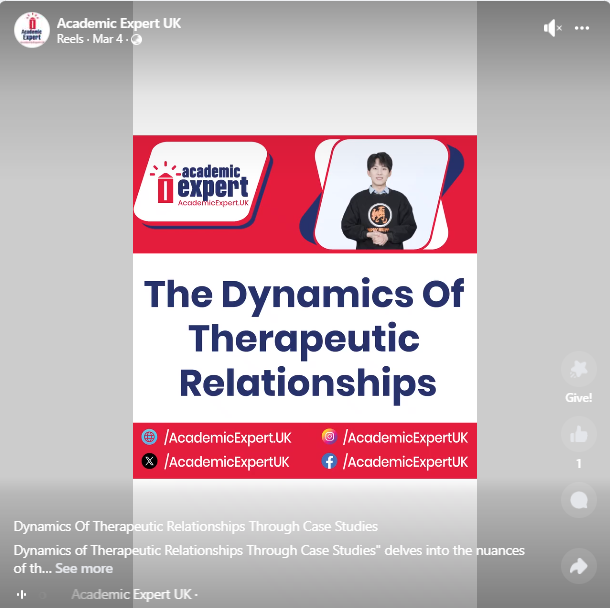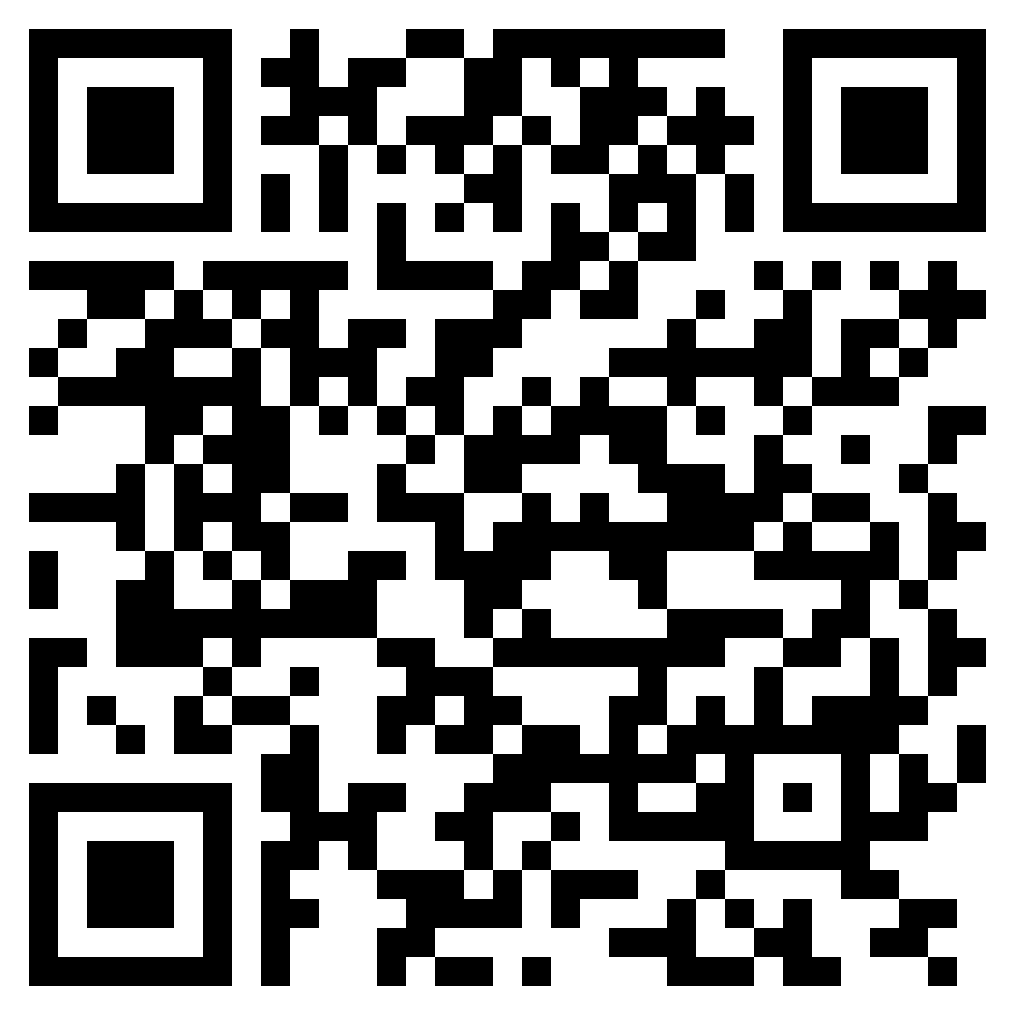Therapy friendships are very important in the area of mental health and feeling good. Looking at examples helps us understand the complex details that are behind these connections. This writing talks about how important it is to learn from case studies for understanding relationships in therapy.
Objective: This learning plan gives a guide about the healing connection between a client and their path to recovery
In the past, a good connection with your therapist has been very important in taking care of mental health. It helps people to change how they act and think (Moyle 2003). Making a caring and fun environment needs things like being nice, fairness, laughter and getting along with people (Astedt-Kurki & Haggman-Laitila 1992). This place encourages trust and respect for values. It helps relieve stress by listening carefully, makes people feel better when checking on progress, and empowers patients to be involved in their own recovery (Beeber 1998 cited in Moyle 2003). The lesson talks about the history of healing friendships, setting rules and important parts. It also looks at different stages (like going wrong) from a person needing help’s point of view. We have to treat clients right, stay professional in our work with them and understand when it is not just being friendly but real deep caring in therapy sessions.
Therapeutic Relationships in History
Florence Nightingale greatly influenced health care ideas in the 19th and 20th centuries. But even though her ideas were used in many nursing areas, at first they didn’t apply to care for asylums (O’Brien, 2001). Asylum rules didn’t involve families because doctors thought of crazy people in a certain way (Chung & Nolan, 1994). O’Brien talked about it too. However, this failure led to a search for better patient care.
In 1858, the Journal of Mental Science changed its name to focus on mental health care. (O’Brien) This showed a new way people were thinking about psychiatric help in hospitals called asylums. This time saw the change of ‘asylum workers’ to ‘nurses,’ and education helped develop a professional job. (Nolan 1993 in O’Brien) This change made nurses learn about Nightingale’s ideas, which helped to make things better. It wasn’t until the middle of 1900s that people who study nursing started talking about different ways to think about healing relationships (O’Brien).

Examples from History
Examples of healing treatment can be found since 1797, even though asylums are known for being bad. In Bethlam Hospital, patients like James Tilly Mathews who were thought to be a threat found comfort in the help they got from staff for their art. Another patient named James Norris, who was always causing trouble and locked up had small things to make him happy such as reading books or playing with his cat. They put him in a place where humans should not be treated like that (O’Brien).
Framework for Therapeutic Relationships
The group for Ontario nurses called RNAO made a complete plan. It shows what you need to know and the steps needed to create good relationships with patients (RNAO, 2006). This framework encompasses a broad spectrum of knowledge:
Background Knowledge: Learning, life events and study help to gain this knowledge.
Interpersonal and Development Theory: Knowing about ideas like Peplau’s (1952) and Erickson’s (1963), helps us understand ourselves better and how we act in society.
Diversity Influences: Recognition of how social, cultural and racial differences affect fairness in society and relationships.
Knowledge of the Person: Learning what the client thinks, their life story, worries and beliefs.
Health/Illness Knowledge: Understanding different ways to explain, spot symptoms and carry out treatments. Also knowing about medicine management and best practices that help care for others better.
Broad Influences on Health Care: Knowing about things that affect care situations, such as social issues and people’s expectations. This also includes the changes happening within healthcare systems.
System Knowledge: Learning how healthcare systems work to help people get the services they need.
This system gives a step-by-step method for doctors and medical groups to connect well in healing relationships.

Gardner (2010) defines therapeutic friendliness and therapeutic engagement in the following manner:
Doctors and nurses show kindness when they meet patients for the first time. This is because it helps them get closer to someone who needs their help in a healing setting. This way is really good for people who have had bad experiences with mental health before. As time goes by, friendly help turns into a deeper stage called therapy connection. At this point, doctors and nurses have built a good relationship (“rapport”) with the patient. They understand each other well and trust one another. It starts, setting the base for making ‘therapeutic connection’ with others.
Why Understanding Therapeutic Relationships Through Case Studies Matters
Studies of real situations show how complex and detailed therapy relationships can be. They help understand how therapists and patients talk, showing different situations they face.
Insights from Case Studies
- Communication and Trust Building: Looking at real examples helps us understand how good communication builds trust and friendship between therapists and clients. We can look at examples of good communication plans that help build trust.
- Power Dynamics and Boundaries: Studies on specific situations show how the use of power and setting good limits work in helping relationships. It’s important to know how these parts affect the success of a relationship.
- Cultural Sensitivity and Diversity: Case studies often display different kinds of customers. Looking at these tests helps us understand the importance of being aware of different cultures and how it plays a part in making effective doctor-patient partnerships.
Learning Outcomes from Case Studies
- Enhanced Therapist Competence: When therapists learn from different cases, they understand better how to deal with many situations. This helps them become more skilled and versatile in meeting the needs of their clients well.
- Improved Client Outcomes: Understanding from case studies helps in making therapy better. This leads to more positive results for people who need help. Knowing how to succeed helps make changes for each person’s needs.
Dynamics of a Therapeutic Relationship
A therapy partnership involves many different ways a therapist and client talk to each other. It needs you to build trust, talk well, respect each other and understand feelings. Make clear limits too. Grasping and improving these relationships is very important for creating a helpful place to heal and grow.
Ways to Build a Helpful Connection with Someone Who Has Mental Illness
- Empathetic Listening: Listening carefully to what the client says, not being hard on them for their experiences and showing understanding can help you gain trust and connection.
- Collaborative Goal-Setting: Getting the patient involved in making reachable goals for therapy gives them power and motivates them to take part in healing process.
- Cultural Sensitivity and Understanding: It’s important to understand and accept the client’s culture and personal differences. This helps make a safe space for them in therapy that doesn’t leave anyone out.
Types of Therapeutic Relationships
- Professional Relationship: Defined by simple lines and concentrating on healing plans.
- Personal Relationship: Involves a more emotional and personal connection, usually not in therapeutic places.
- Practical Relationship: They concentrate on the details of therapy like setting appointments and paying for it.
- Emotional Relationship: It’s about showing and handling feelings in a way that helps during therapy.
- Transference and Countertransference: The hidden process of directing feelings from one person to another (client or therapist).
Example of a Therapeutic Relationship
A client might work with a therapist to deal with worries they have. The helper makes a safe place, uses thinking-feeling ways to cure problems, listens carefree in action and works together with the patient. This helps build trusting relationship for treatment happening properly.
Ideas and Features of Helping Connections
The ideas are about trust, feeling for others, true honesty, showing respect and working together to set clear boundaries. Features contain understanding each other, talking freely, same targets and a secure place.
Why Therapeutic Relationships Matter and the Advantages They Bring Us
The most important thing in a healing friendship is usually thought to be trust. A good therapy connection makes it easier to stick with treatment, helps emotions feel better, improves results from healing and supports personal growth. It also builds strength when facing hard times.
Conclusion
Studies of real cases are very important for understanding the complex mix in therapy relationships. They give a useful way for therapists to learn, improve their methods and get better at what they do. This leads to improved results with clients as well. Learning what these studies say is very important for making good treatment friendships and helping mental health services get better.






